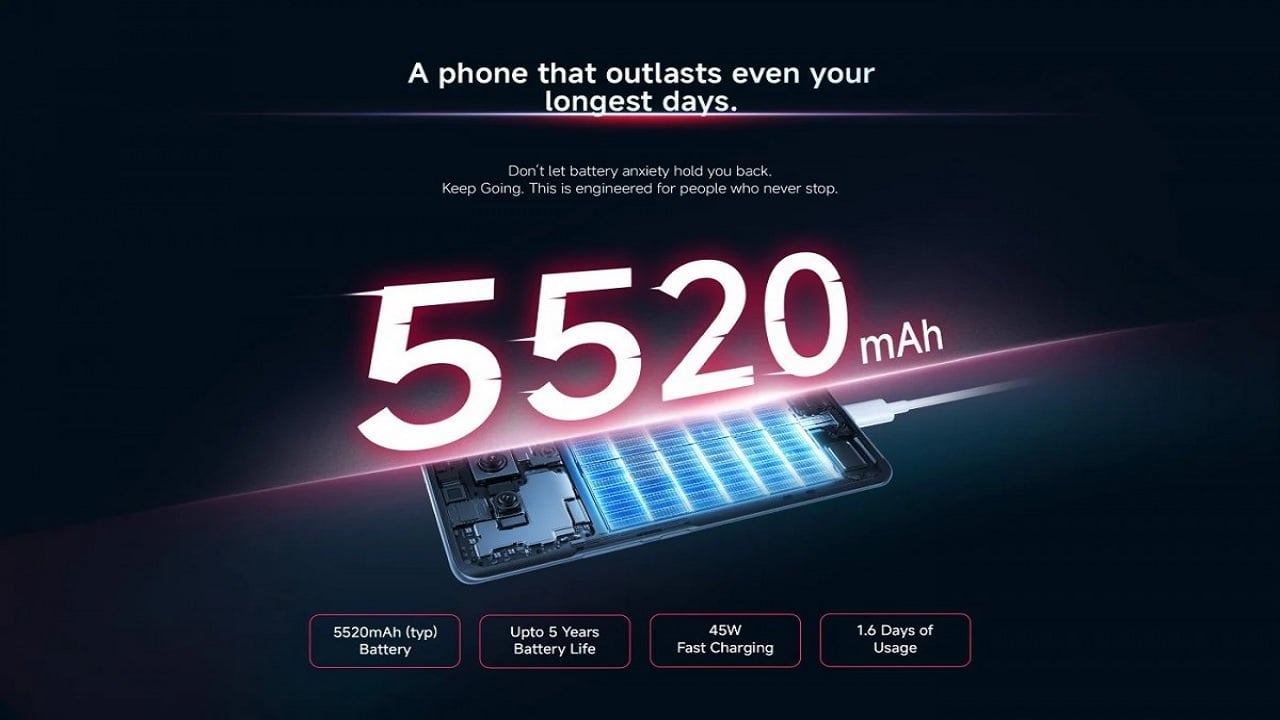Redmi has officially shared new details about its upcoming smartphone, the Redmi Note 15 5G. The company has confirmed the battery size of Redmi Note 15 5G, ending days of speculation. This announcement comes shortly after Redmi revealed…

Redmi has officially shared new details about its upcoming smartphone, the Redmi Note 15 5G. The company has confirmed the battery size of Redmi Note 15 5G, ending days of speculation. This announcement comes shortly after Redmi revealed…